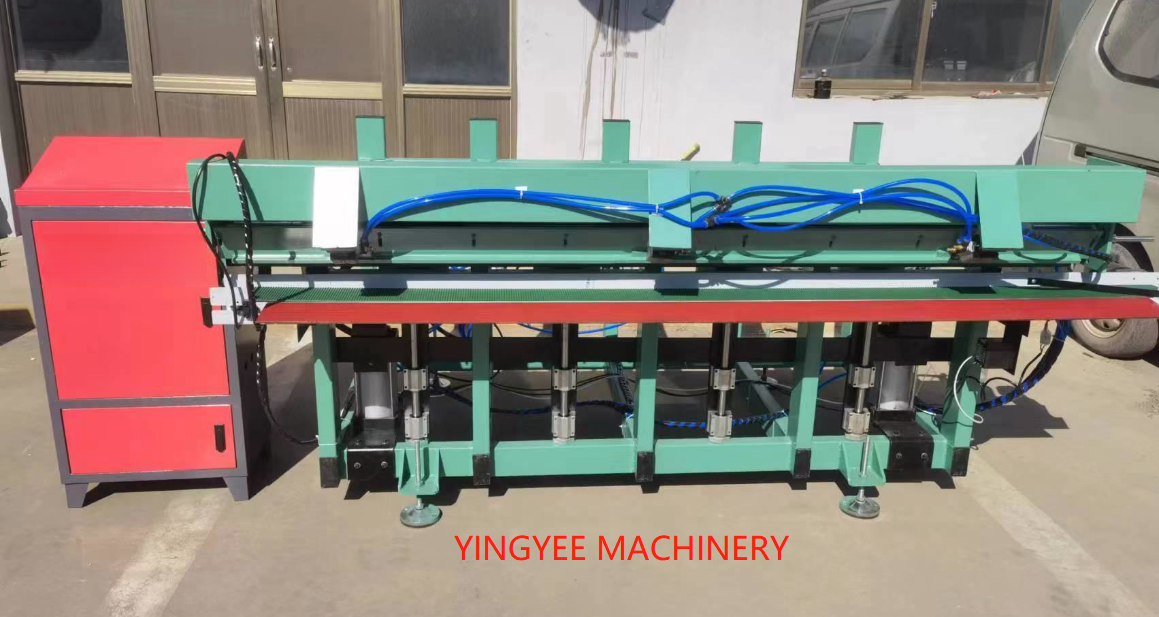
The Evolution of T-Bar and T-Grid Roll Forming Machines
In the manufacturing sector, efficiency and precision are paramount. One area where these two factors converge is the production of T-bars and T-grids, essential components in construction, particularly for suspended ceilings. The introduction of roll forming machines has revolutionized this process, allowing for the rapid and reliable creation of these structural elements.
Understanding T-Bars and T-Grids
T-bars and T-grids are primarily used in suspended ceiling systems, where they provide the necessary support for ceiling tiles. T-bars are typically T-shaped metal strips, while T-grids consist of interconnected T-bars that create a grid-like structure. The choice of material, often galvanized steel or aluminum, offers durability and resistance to corrosion, making them ideal for various environments.
The Roll Forming Process
Roll forming is a continuous bending operation where a long strip of metal is passed through consecutive pairs of rollers to achieve the desired cross-section. Unlike traditional methods, which often involve cutting and welding, roll forming produces components with very little waste and allows for consistent and repeatable results. The process begins with feeding flat metal sheets or coils into the machine, which is then shaped by a series of rollers designed specifically for T-bars and T-grids.
Advantages of Roll Forming Machines
2. Material Optimization With minimal waste generated during the roll forming process, manufacturers can optimize material usage, contributing to cost savings and sustainability efforts.

3. Consistency and Precision The automated nature of roll forming ensures that each product meets strict specifications, reducing variabilities commonly associated with manual processes.
4. Versatility Modern roll forming machines can be adjusted to produce different profiles and sizes of T-bars and T-grids, allowing manufacturers to respond swiftly to market demands and client specifications.
5. Improved Structural Integrity The continuous process of roll forming results in products that are often stronger and more uniform than those produced by other means, ensuring better performance in construction applications.
Emerging Technologies in Roll Forming
The advancement of technology has further enhanced the capabilities of roll forming machines. Integration with computer-aided design (CAD) and automated systems allows for real-time adjustments and monitoring during the manufacturing process. This enhances both efficiency and quality control, enabling manufacturers to produce highly customized products with ease.
Moreover, the incorporation of robotics within the production line has streamlined operations, enabling machines to handle loading, unloading, and even packaging of finished products with minimal human intervention. This not only boosts productivity but also reduces the likelihood of errors associated with manual processes.
Conclusion
The development of T-bar and T-grid roll forming machines marks a significant advancement in the fabrication of structural components used in construction. Their ability to produce high-quality, precise, and cost-effective products has made them indispensable in the industry. As technology continues to evolve, we can expect even more innovations in roll forming processes, pushing the boundaries of efficiency and sustainability in manufacturing.
In summary, the T-bar and T-grid roll forming machine is more than just a piece of equipment—it represents a critical element of modern manufacturing, ensuring that the infrastructure upon which we rely is built with strength, reliability, and efficiency. As the industry moves forward, these machines will play a pivotal role in meeting the demands of an ever-evolving construction landscape.